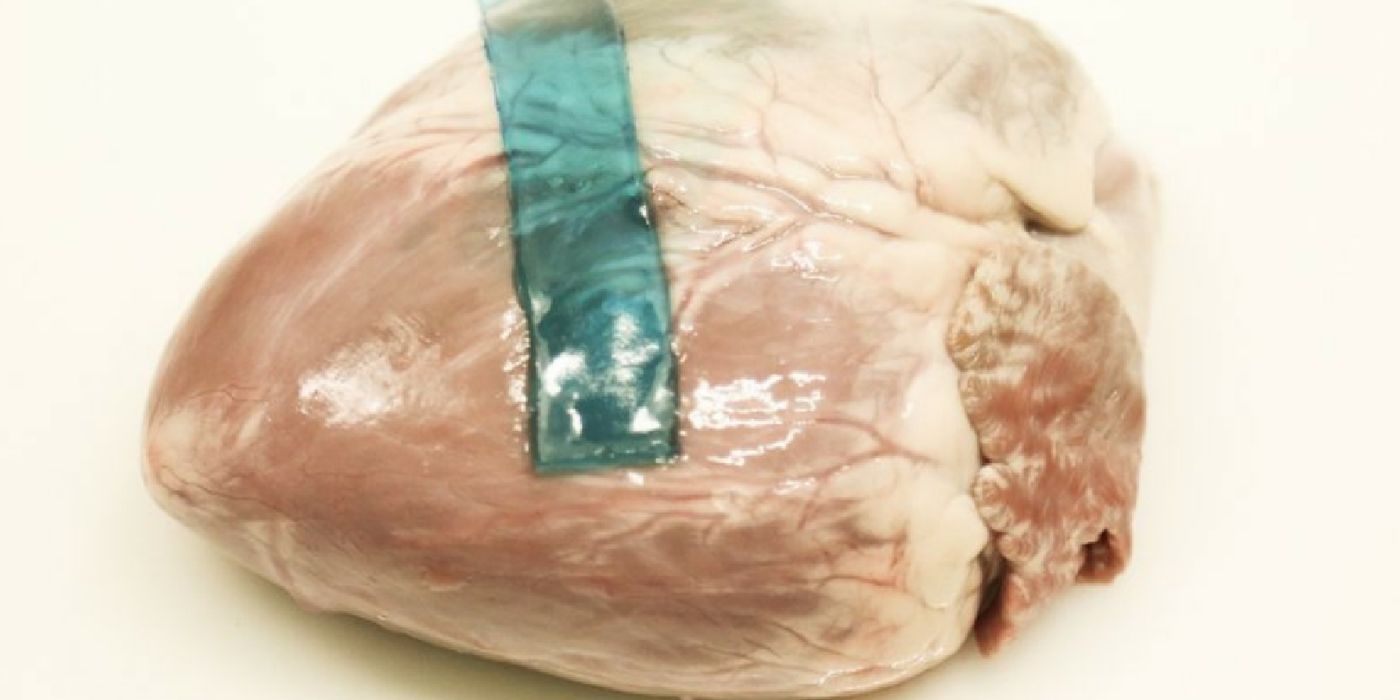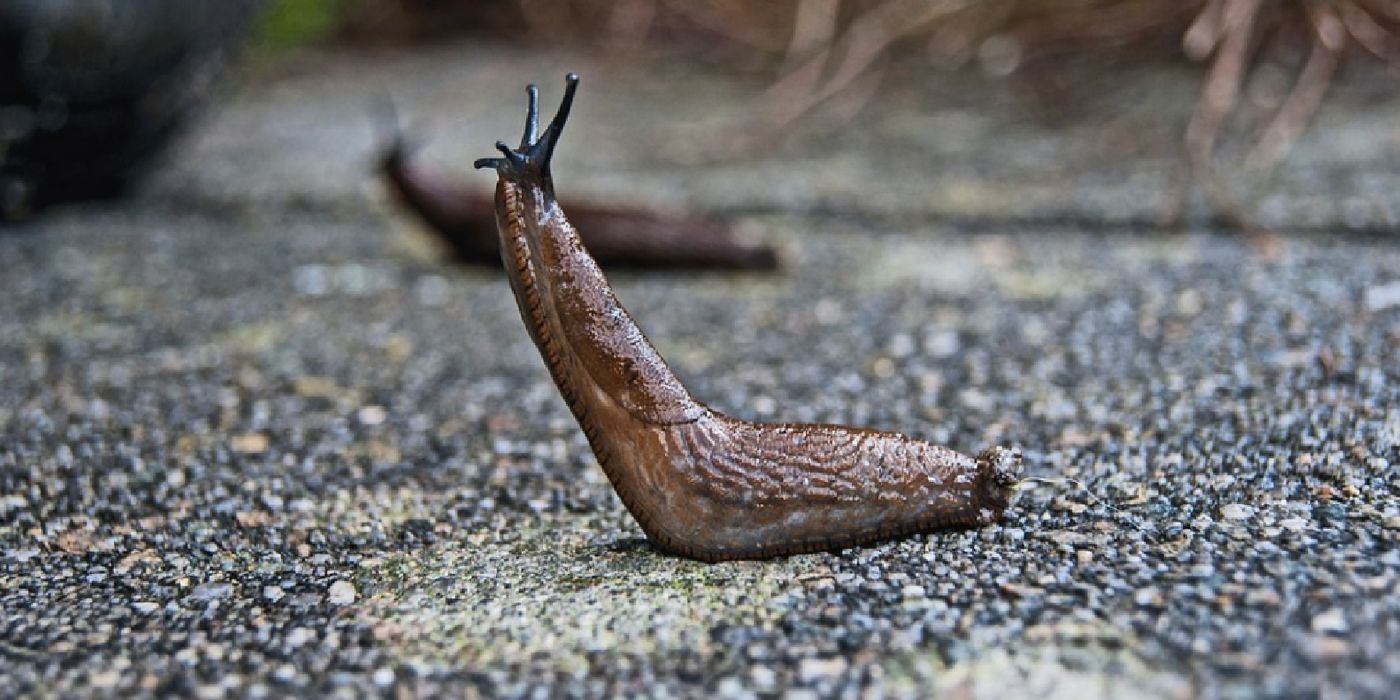Slime from European Slug Inspires New Surgical Glue
We’ve all experienced the annoying Band-Aid that won’t stay on when wet. And when it comes to bigger cuts and tears, the problem is even more apparent. To solve this problem, scientists are taking a cue from a European slug whose slimy secretions are ultra-sticky, even in wet surfaces. The resulting medical-grade adhesive could be the stickiest product yet.
Getting bandages to stick on wet surfaces, such as an open wound, is a complicated feat. The task is made harder when we consider other crucial factors, such as flexibility and toxicity.
"That's a very challenging problem in the material and also in the biomedical world," says Jianyu Li, a materials scientist with Harvard's Wyss Institute for Biologically Inspired Engineering, and the study's lead author. "Those represent the biggest challenge in terms of adhesive development."
Taking a cue from nature, Li and colleagues began studying slug slime. In particular, the team focused on the Dusky Arion (Arion subfuscus) slug, as this creature had a special defense mechanism. When frightened, the Dusky Arion slug does the complete opposite of running – it secretes extra-sticky slime that will essentially glue itself to any surface. The defense mechanism makes it difficult for preys to pry the slug off for a meal.
"The defensive mucus turns out to be very sticky and also very strong and highly stretchable," says Li. "That kind of inspired us. We engineered our material to take on the key features of slug mucus and the result is really positive"
Using this goo as inspiration, Li and his team engineered a new adhesive compound that can bond to surfaces in three different ways. The material is 90 percent water, and can rival super glue in stickiness, but can stretch like a rubber band. Furthermore, wet surfaces are no match for the new material.
So far, the material has patched holes in rat livers and sealed holes in a pig heart. Of note, the material withstood the repetitive beating of the heart, while causing little inflammation or damage.
"I'm really amazed by this system. We have solved a big challenge and opened up big opportunities in the medical setting,” said Li. "The applications are pretty broad - the material is very tough, stretchy and compliant, which is very useful when you want to interface with a dynamic tissue like the heart or lungs." Li estimates the new adhesive is three times stronger than any current medical adhesives.
But, sadly, it’ll be years before surgeons can get their hands on this material. This is just how long it’ll take for the product to be tested before it can be approved for widespread clinical use. Meanwhile, Li’s team wants to make a biodegradable version of this adhesive that will dissolve once it outlives its purpose in the body.
Additional sources: BBC










